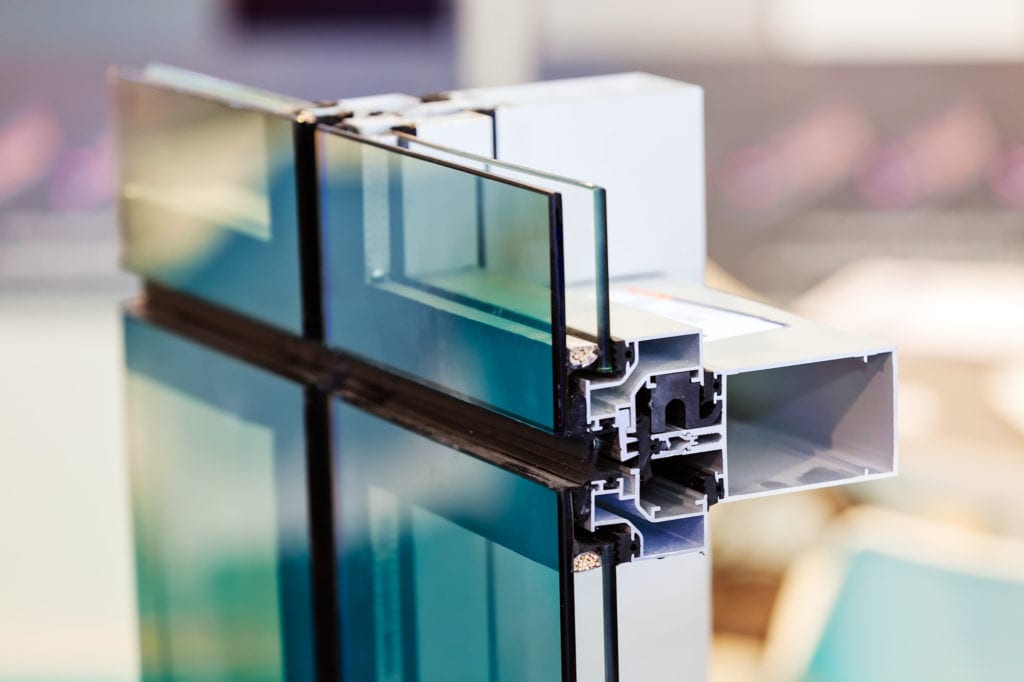All Categories
Featured
Table of Contents
Does Double Glazing Reduce The Heat In Brisbane's Summer? in Mariginup Western Australia
That window can transmit more solar heat in winter season than in summer season. A west-facing window on a summertime's afternoon has an angle of incidence from near 0 approximately 30 with a large effective area of solar radiation. A north-facing window, in summer, has a high angle of incidence and a low reliable area of solar radiation, so can transmit less heat than a west-facing one.

You can quickly and quickly improve the thermal performance of your house by replacing your windows. There are thousands of types of glass and frames to choose from.
How Are Double Glazed Windows More Energy Efficient? in Pearsall Perth
There are several types of glass products to choose from. Single glazing utilizes a single pane of glass. Single glazing with clear glass is not really efficient when it pertains to heat loss or gain. To enhance performance, you can use single glazing with a more energy-efficient type of glass such as low emissivity (low-e) glass.
Numerous layers can be put together with sealed cavities between each sheet of glass. IGUs generally use much better energy efficiency than single glazing, due to the fact that they transfer less energy. Nevertheless, the energy performance of IGUs also depends upon: the residential or commercial properties of each layer of glass. Various glass types (for instance, clear and low-e glass) can be assembled in an IGU.
What Are Double Glazed Windows? in Neerabup WA

IGU cavities can be filled with air or a more inert, low-conductivity gas such as argon the width of the cavity. Cavity density is normally 6 to 18mm. Wider cavities offer lower (better) U worths, with 12mm usually accepted as the favored gap how well the cavity is sealed. Cavities must be dry and well sealed to prevent moisture getting in.
If argon is set up to the cavity in place of air, wetness is reliably excluded the level of desiccant (drying representative). The spacer (metal or polymer strip) that separates the glass layers consists of a desiccant to take in any wetness. Insufficient desiccant may cause wetness to condense on the glass surface area in cold conditions, reducing thermal performance.
The Ultimate Guide To Double Glazed Windows in Marangaroo WA
In truth, IGUs can provide much better energy efficiency for all environments, especially in heated and air-conditioned homes. Cross-section detail of single, double and triple-glazing units Low emissivity glass (commonly known as low-e glass) decreases heat transfer. Low-e glass may be either high or low transmission: High transmission low-e glass has a finishing that enables daylight from the sun to pass into your home to achieve excellent solar heat gain, but lowers the quantity of the long wavelength infrared heat that can leave back through the window.
Low-e glass has either a pyrolytic finish or a vacuum-deposited thin film metal coating. Pyrolytic finishes are long lasting and can be used for any glazing; vacuum-deposited coatings are soft and are only used within IGUs. Low-e coverings can considerably improve both U worth and SHGC; nevertheless, they must be utilized correctly or they will either deteriorate or stop working to carry out as needed.
Upvc Double Glazed Windows Australia in West Leederville Western Australia
Low-e finishings can be utilized in mix with clear, toned or reflective glass. Low-e coatings on glazing can decrease heat transfer where required Photo: Department of Market, Science, Energy and Resources Toned glass has actually colouring additives consisted of throughout manufacture. It is offered in different colours, typically bronze, grey, blue and green.
Latest Posts
Faq in Bedfordale Perth
What Are Double Glazed Windows? - Build in Duncraig Western Australia
Single Glazed Vs Double Glazed Windows - Ultimate Guide in Kensington Perth